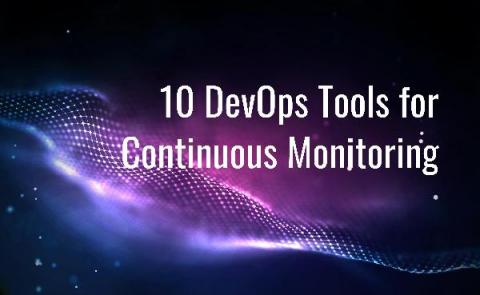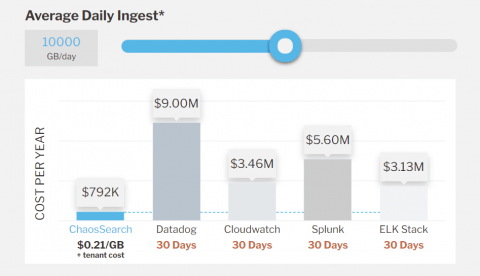Amazon Security Lake & ChaosSearch deliver security analytics with industry-leading cost & unlimited retention
Amazon Security Lake is a new service from Amazon Web Services (AWS) that is designed to help organizations improve their security posture by automating the collection, normalization, and consolidation of security-related log and event data from integrated AWS services and third-party services (Source Partners). By centralizing all the security data in a single location, organizations can gain greater visibility and identify potential threats more quickly.











